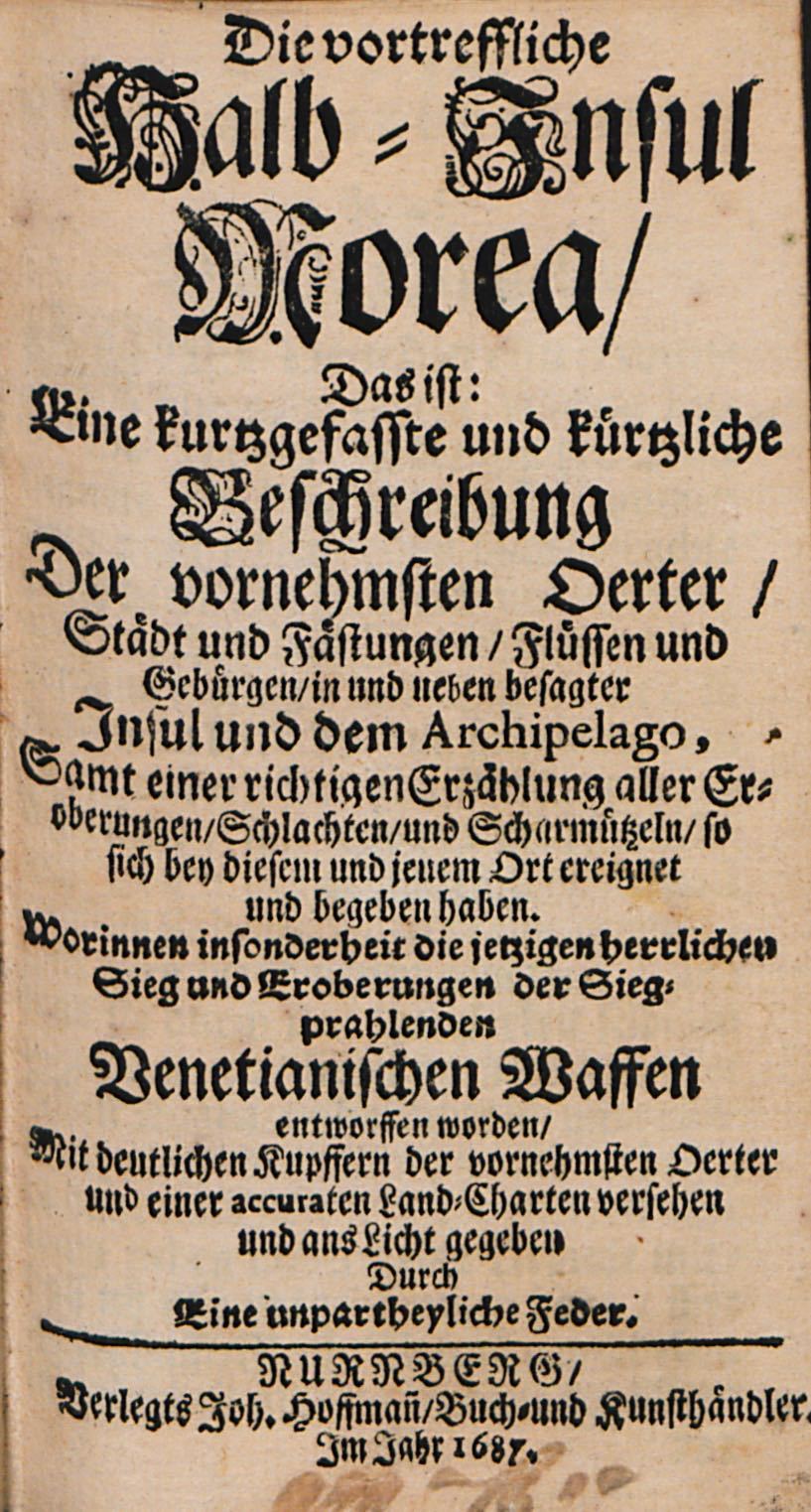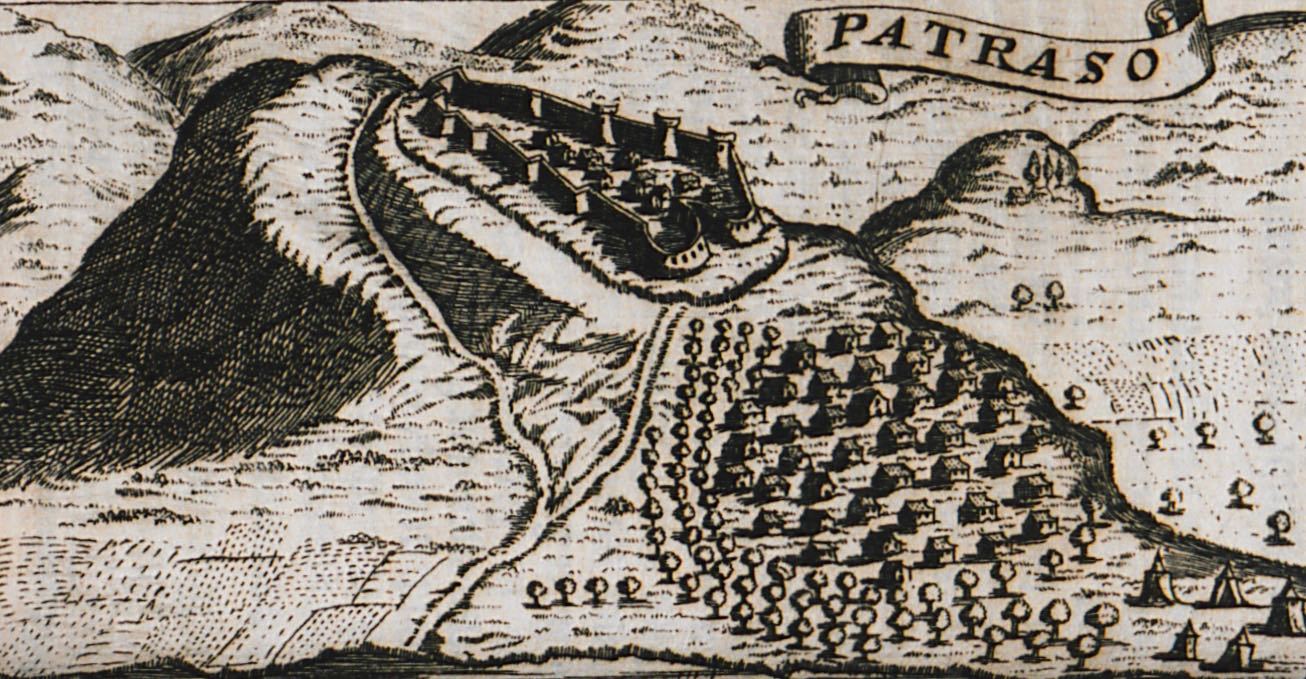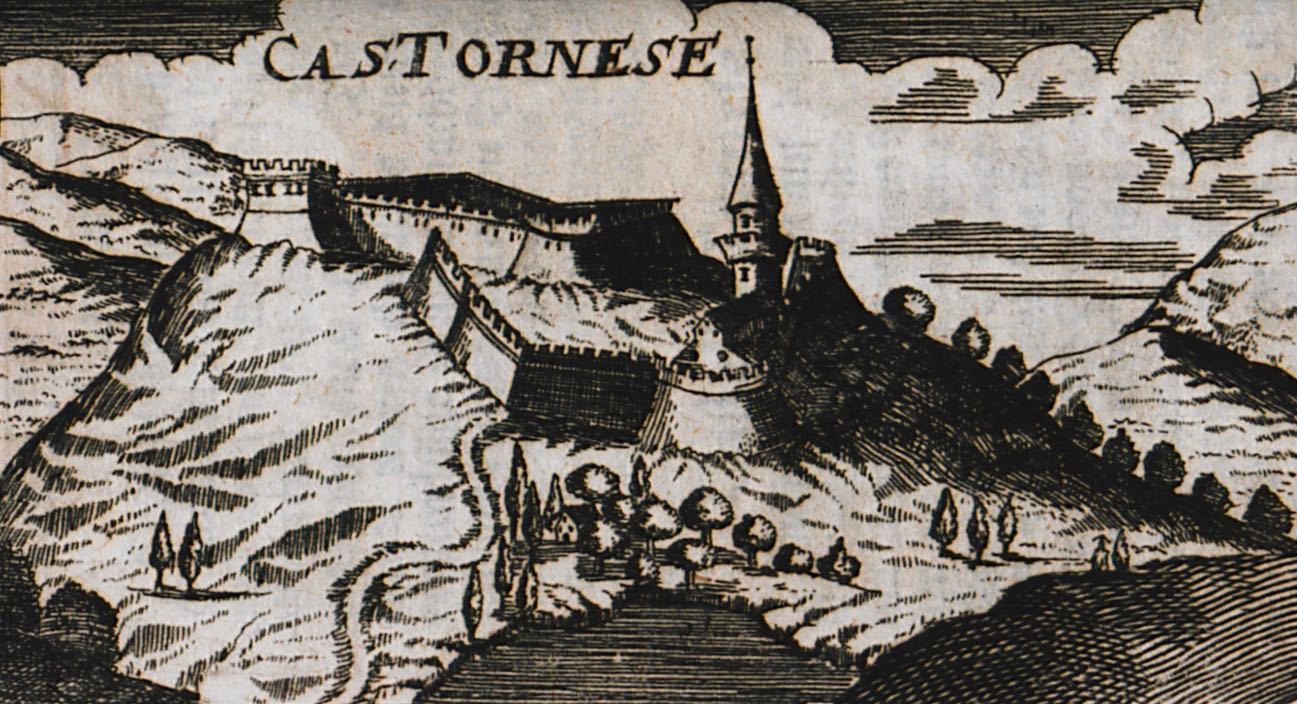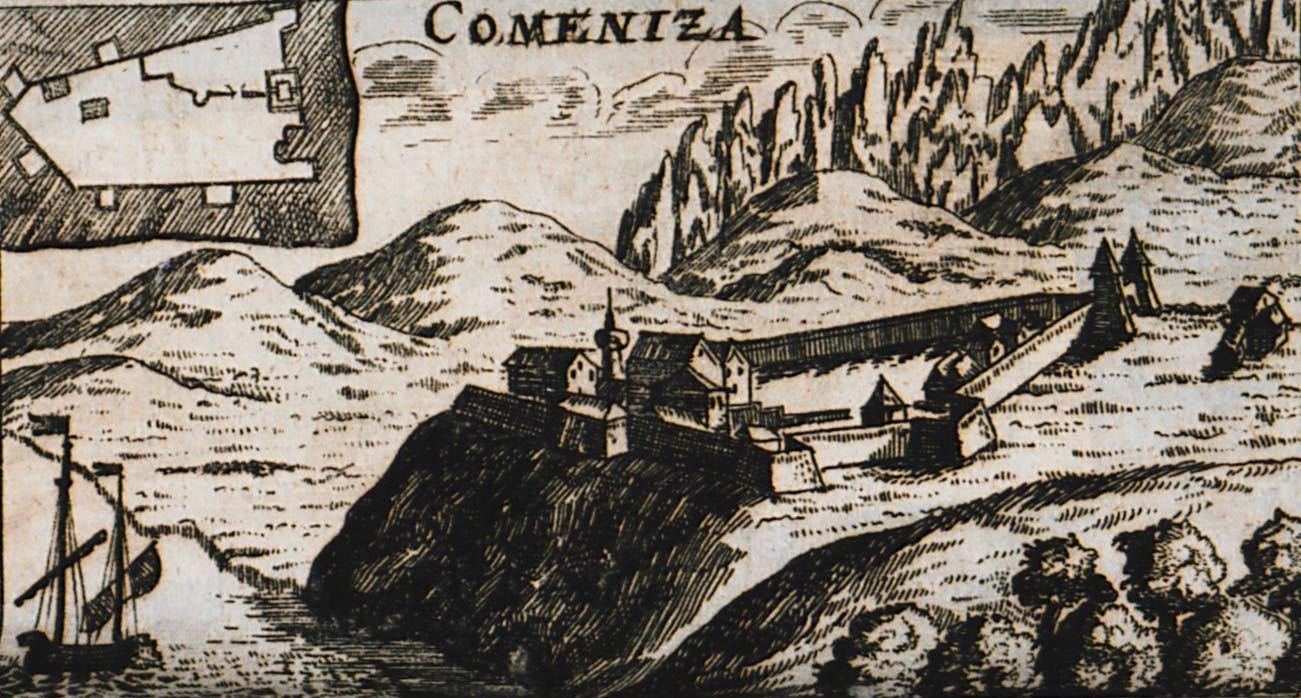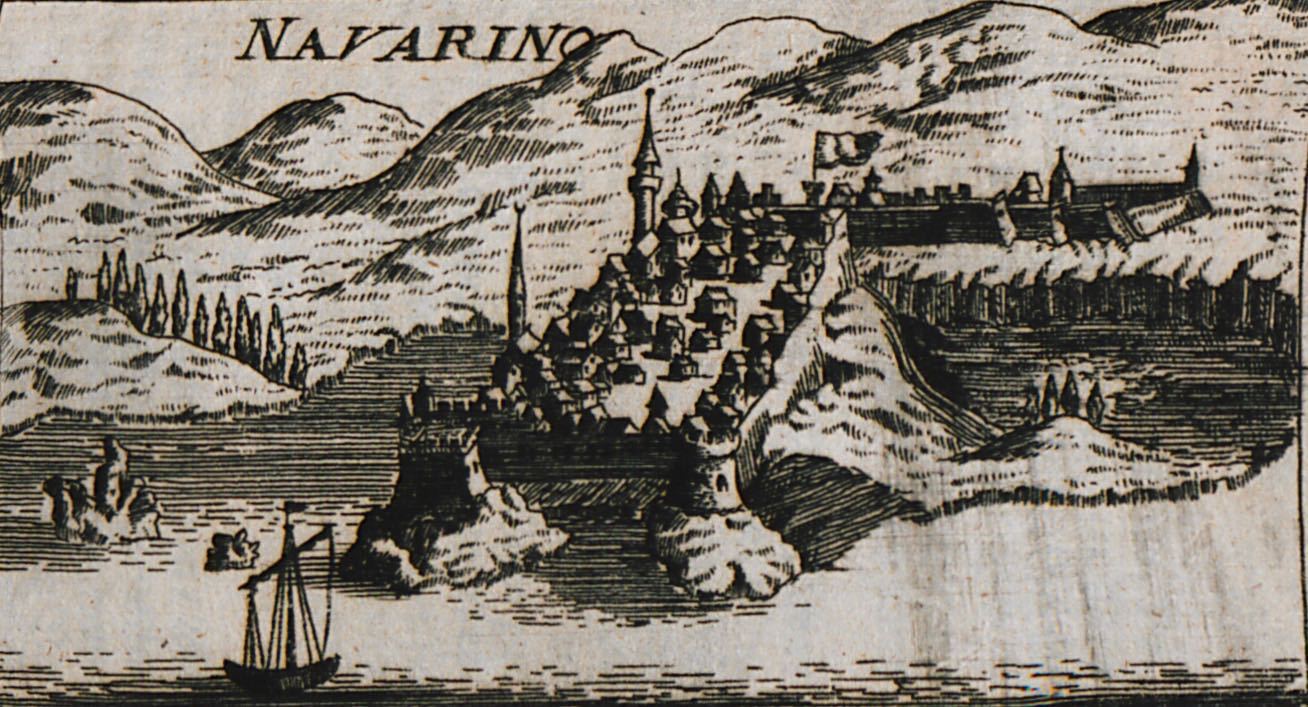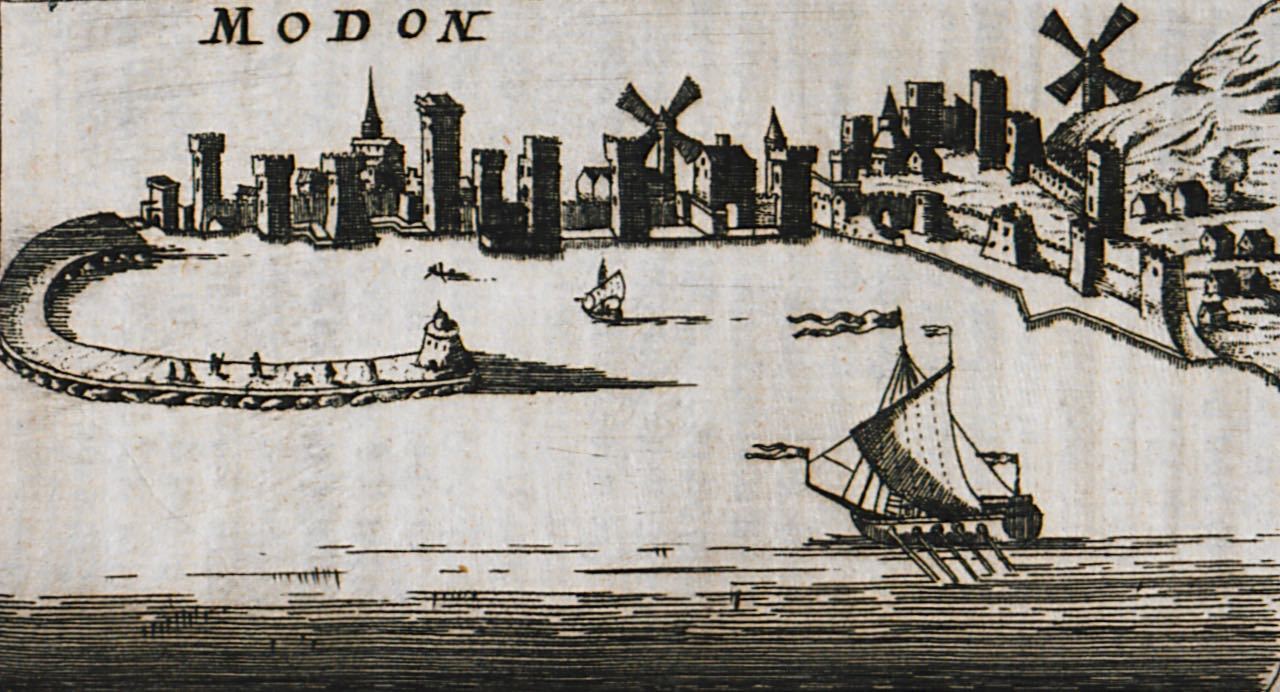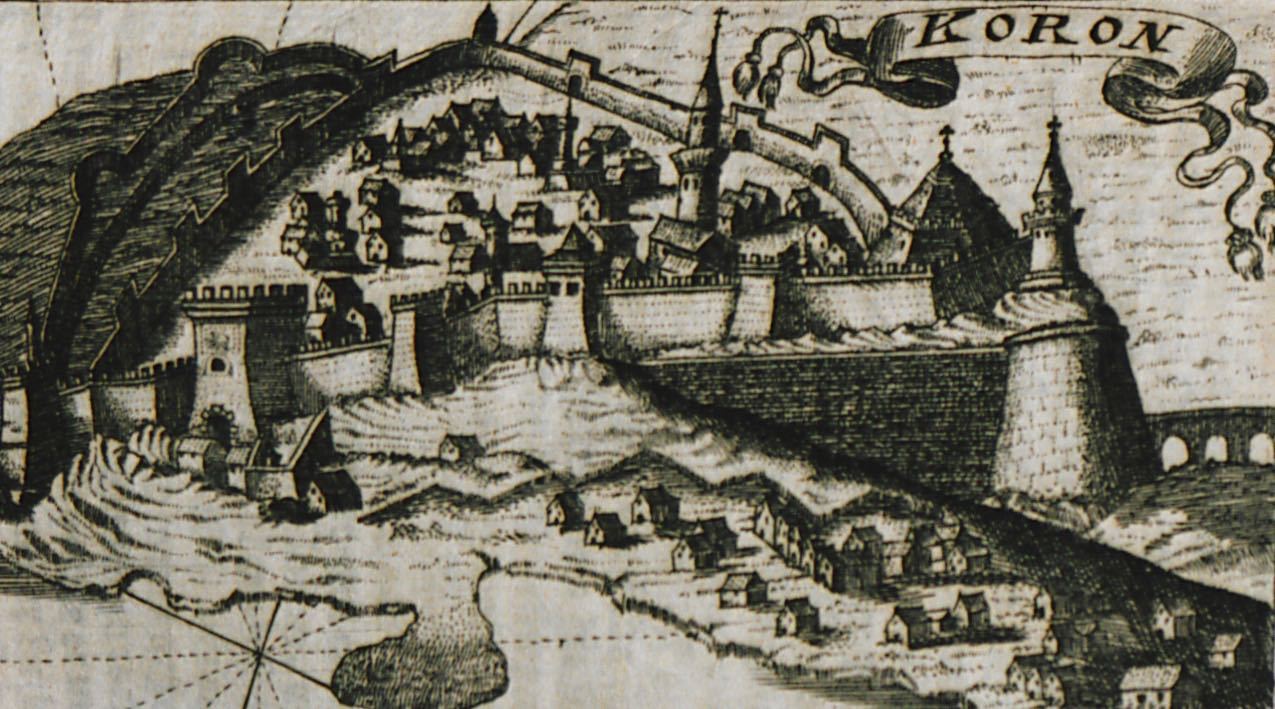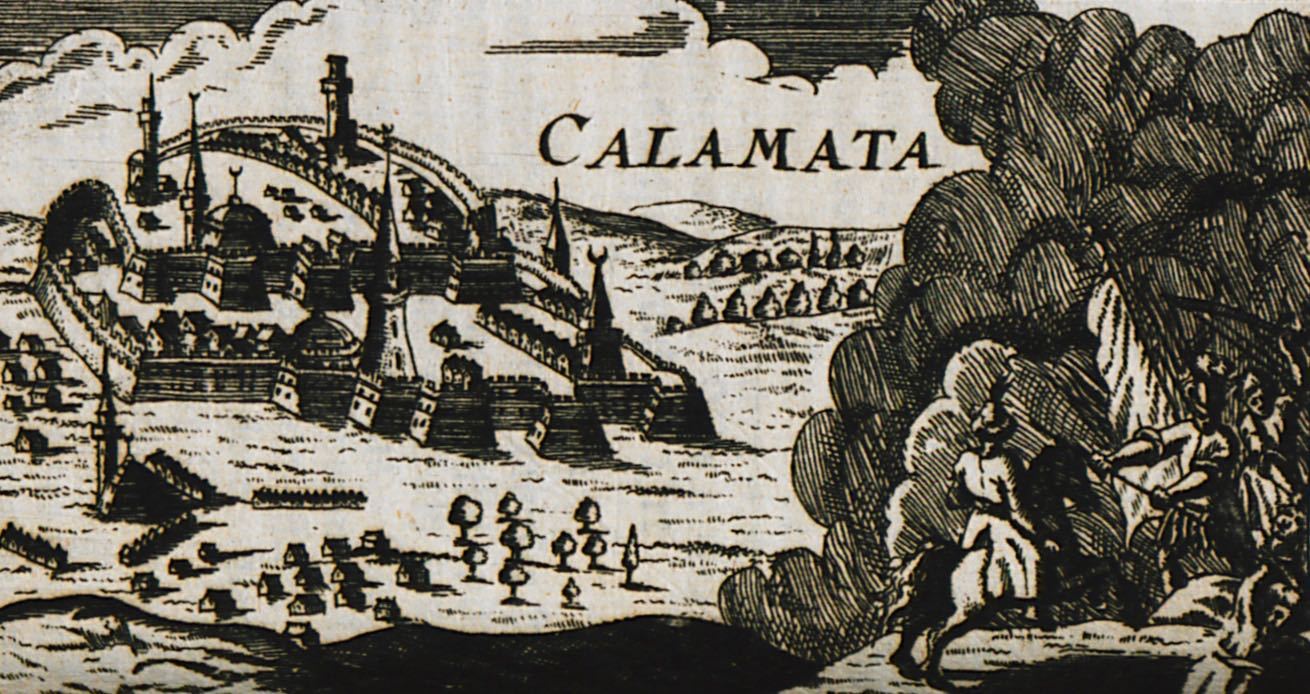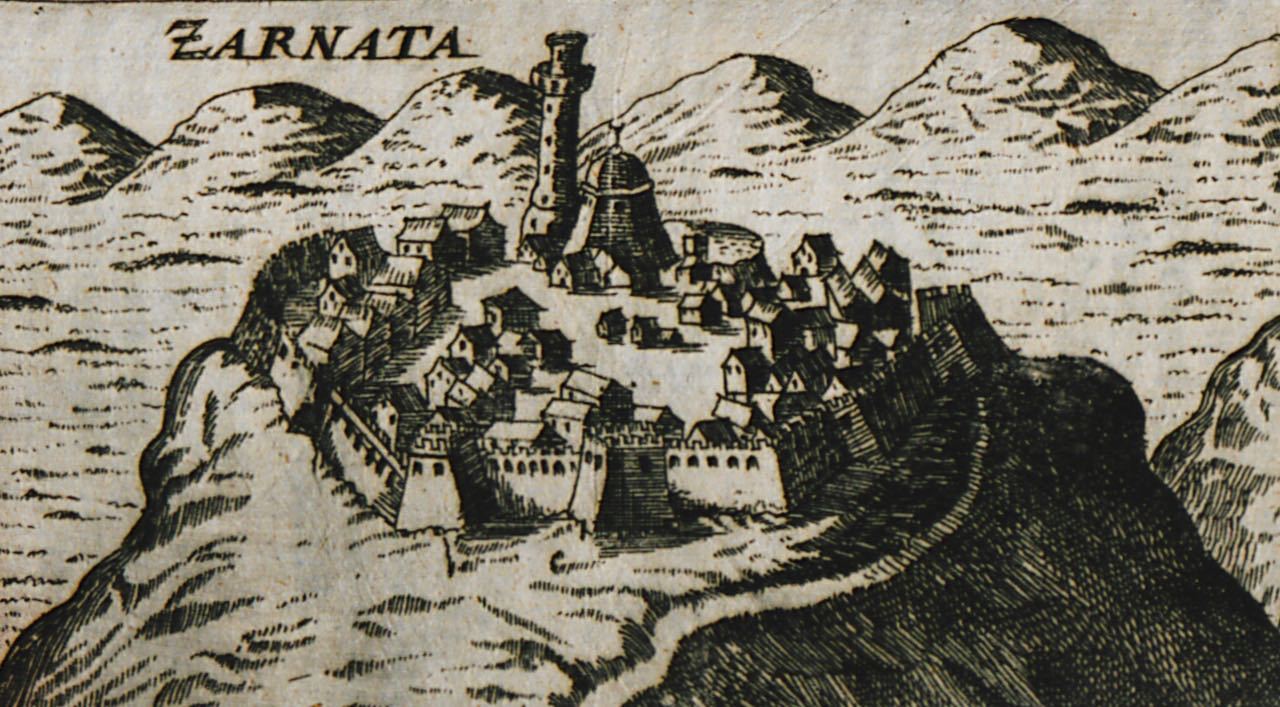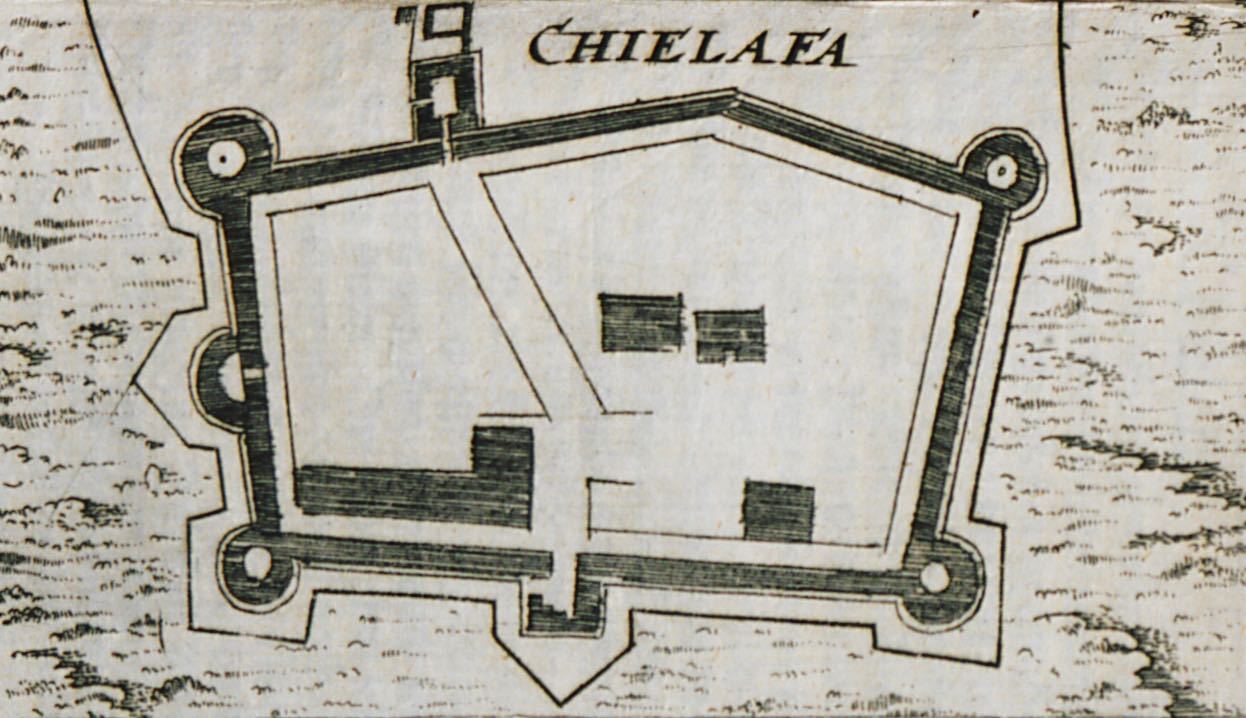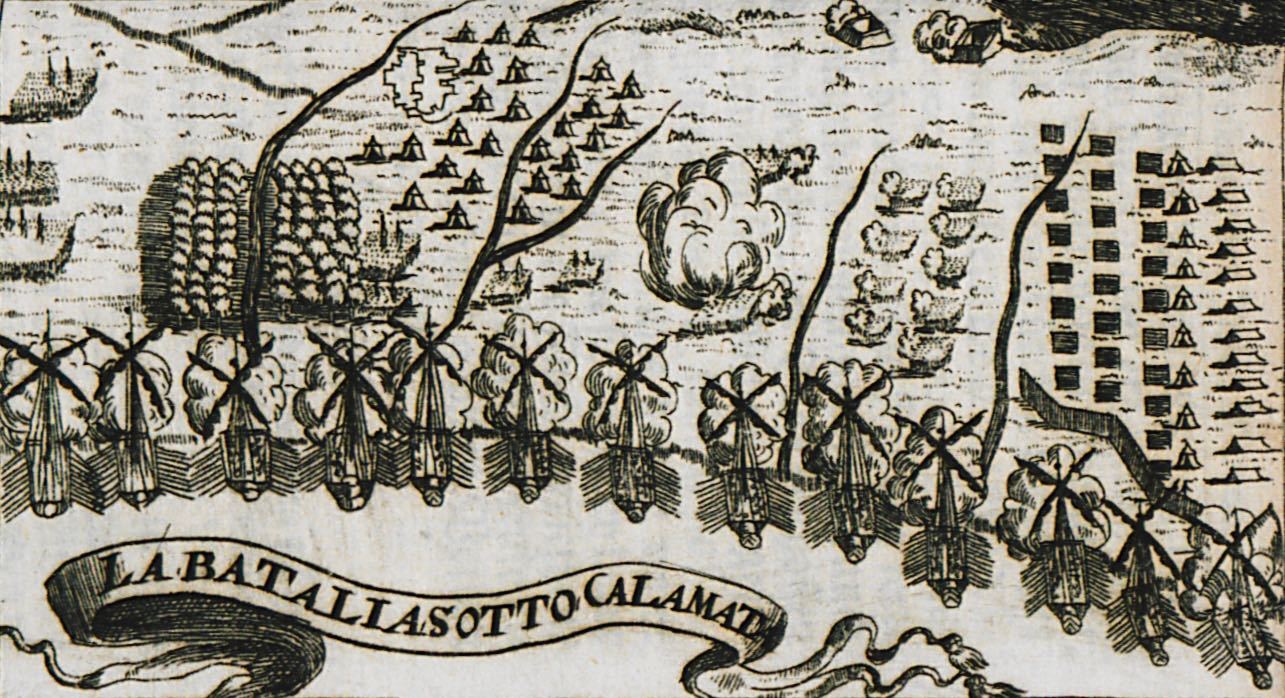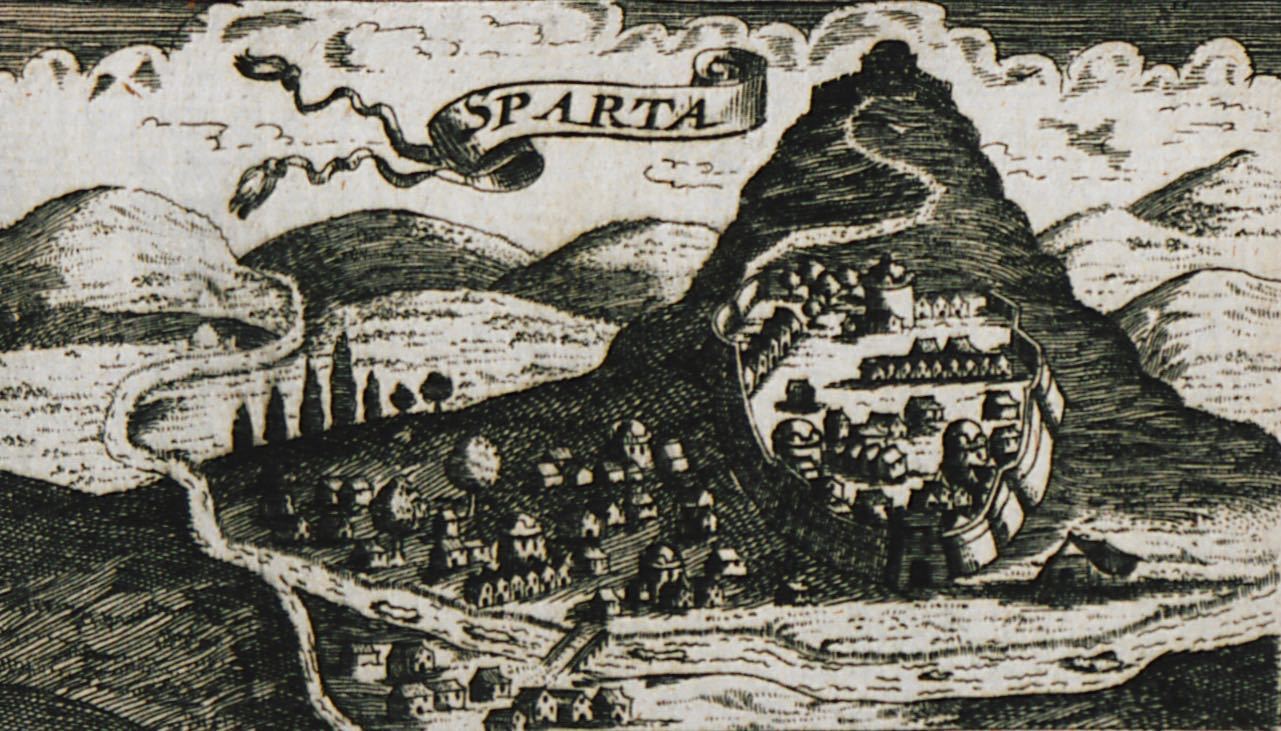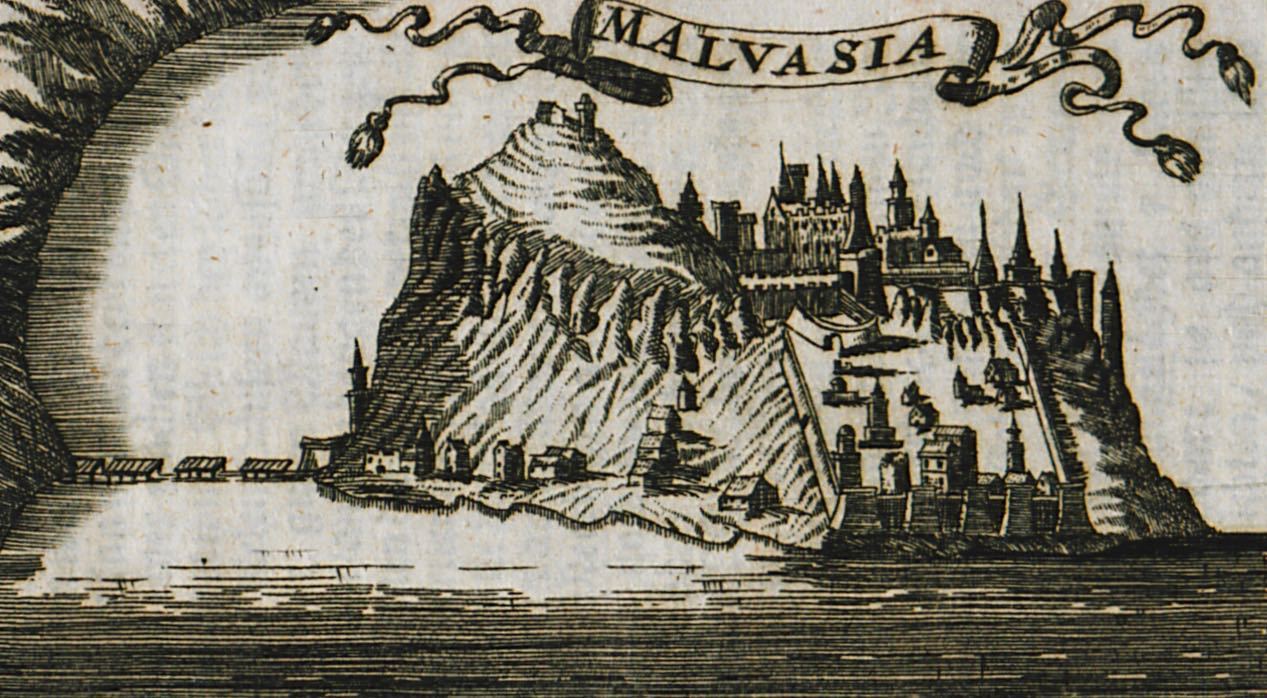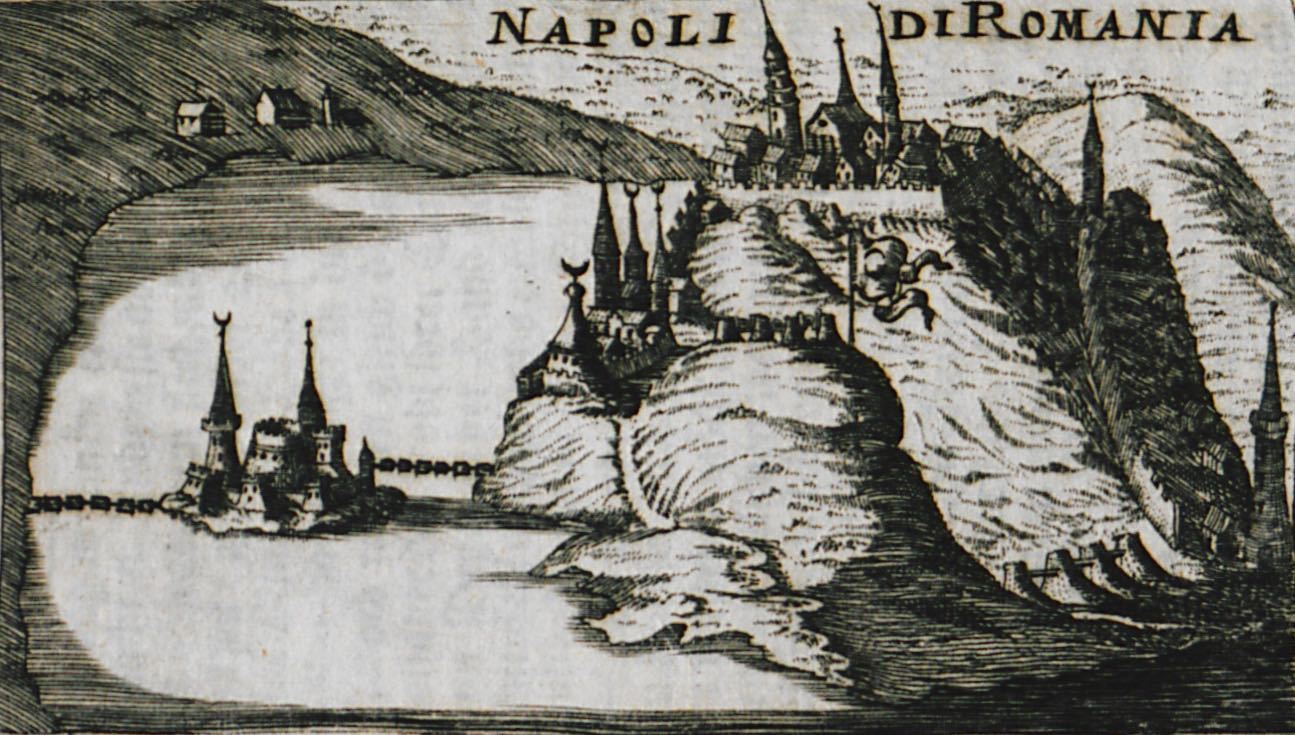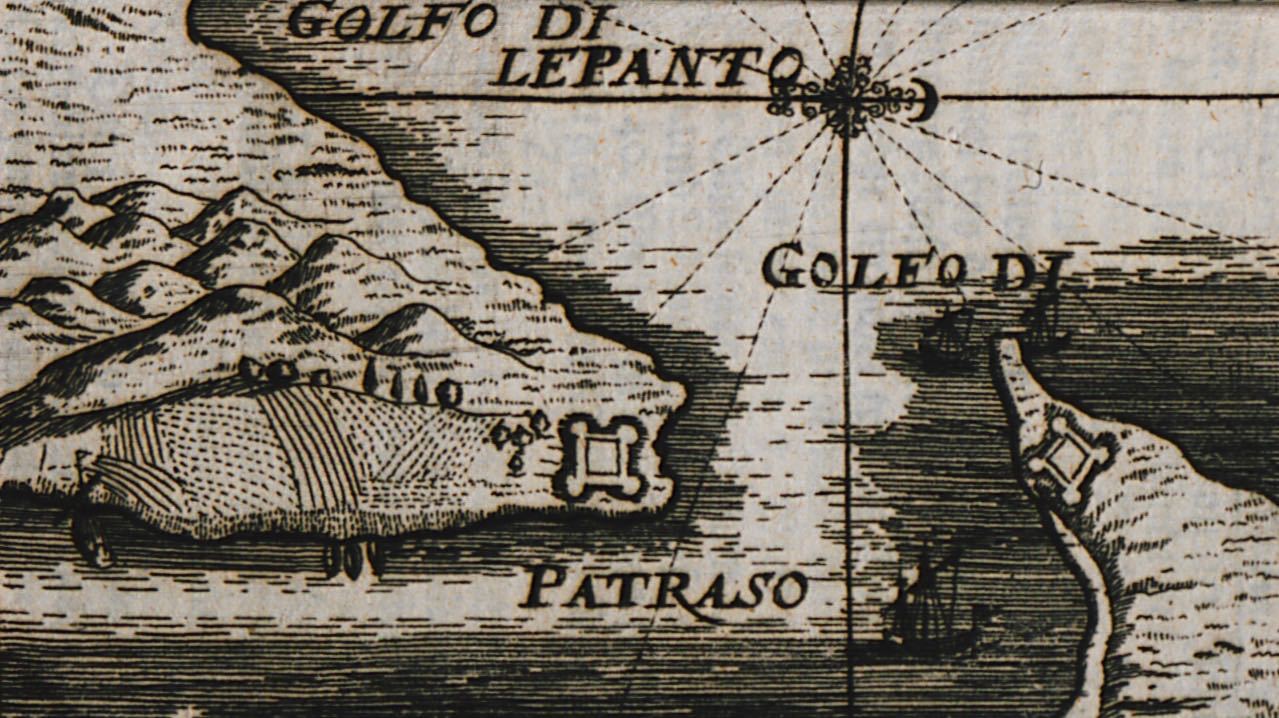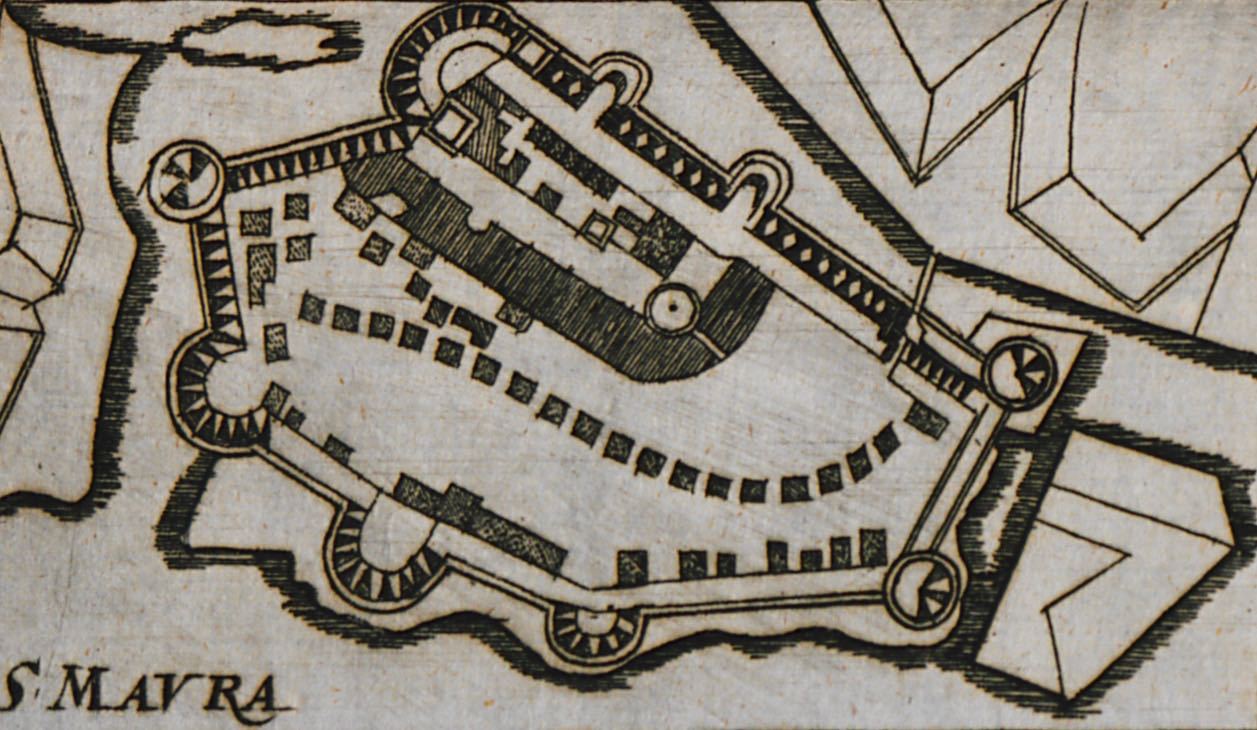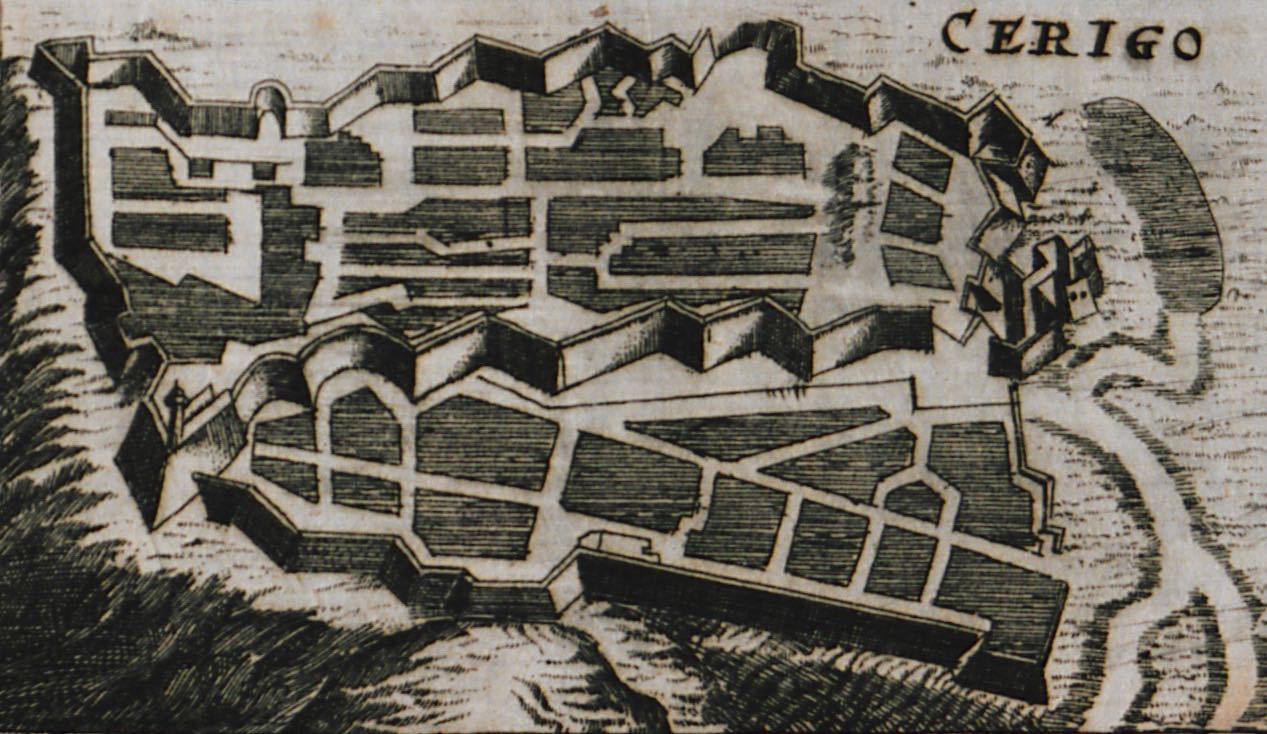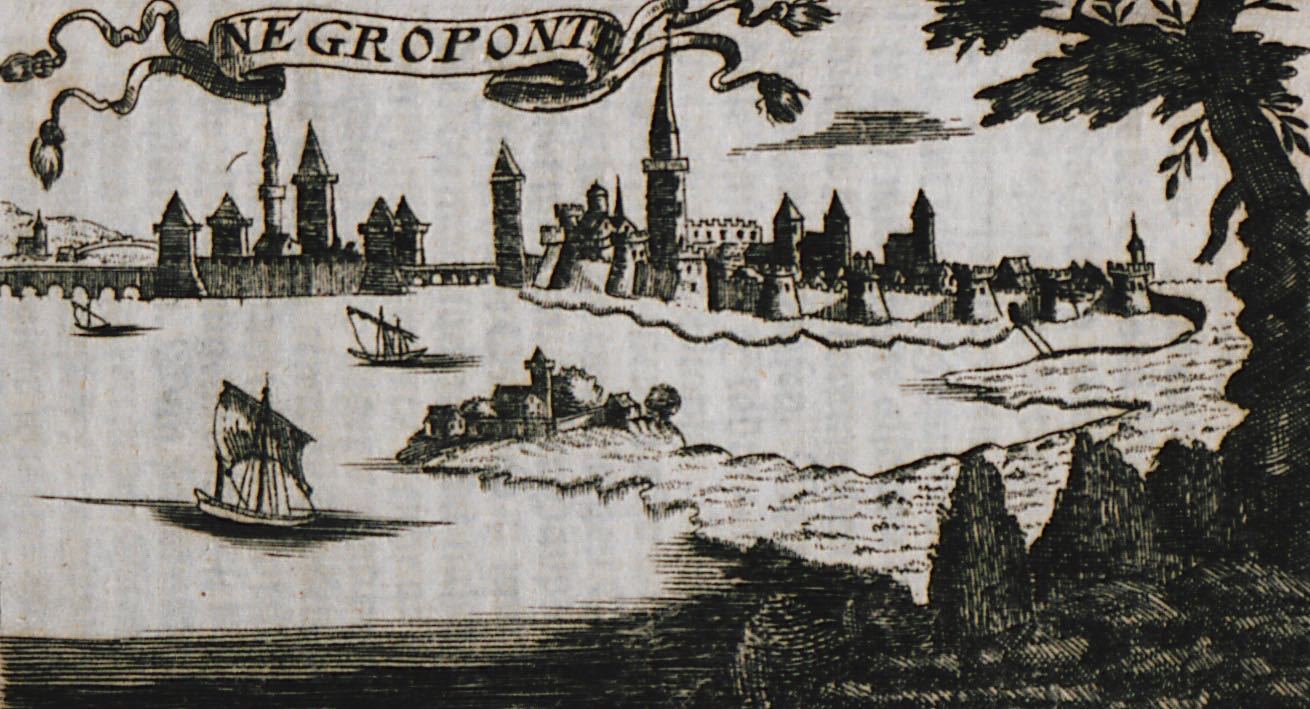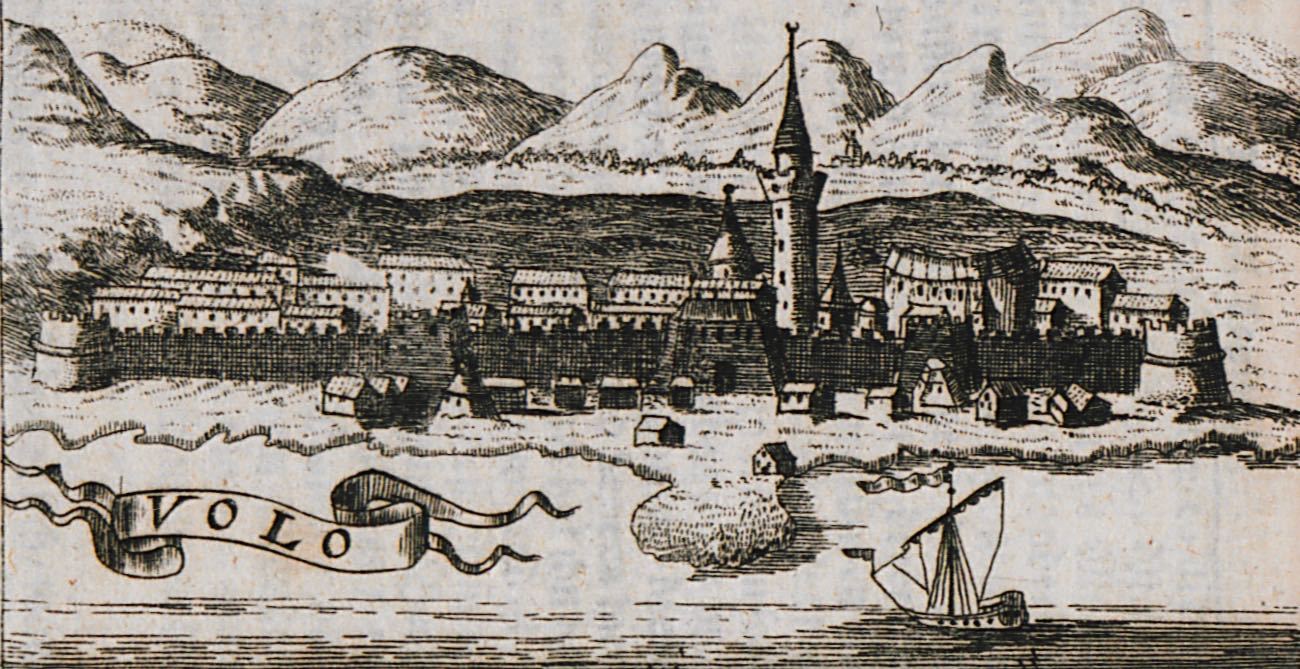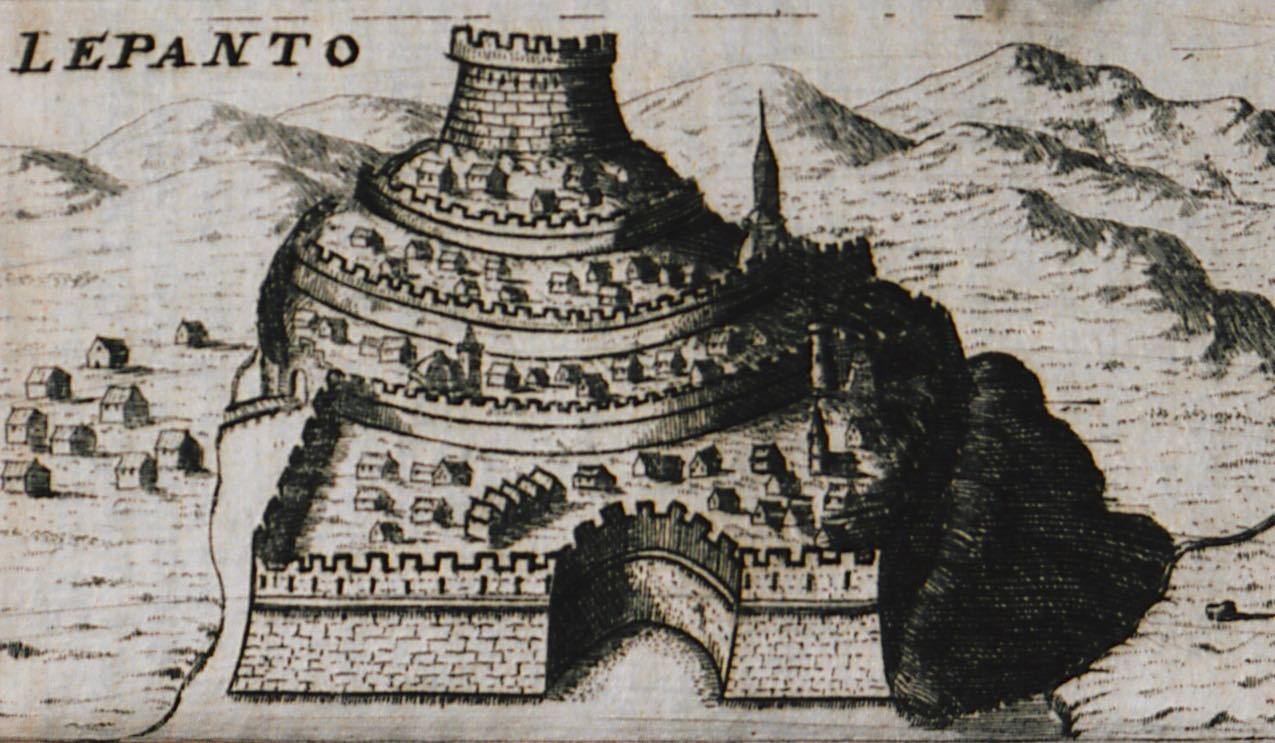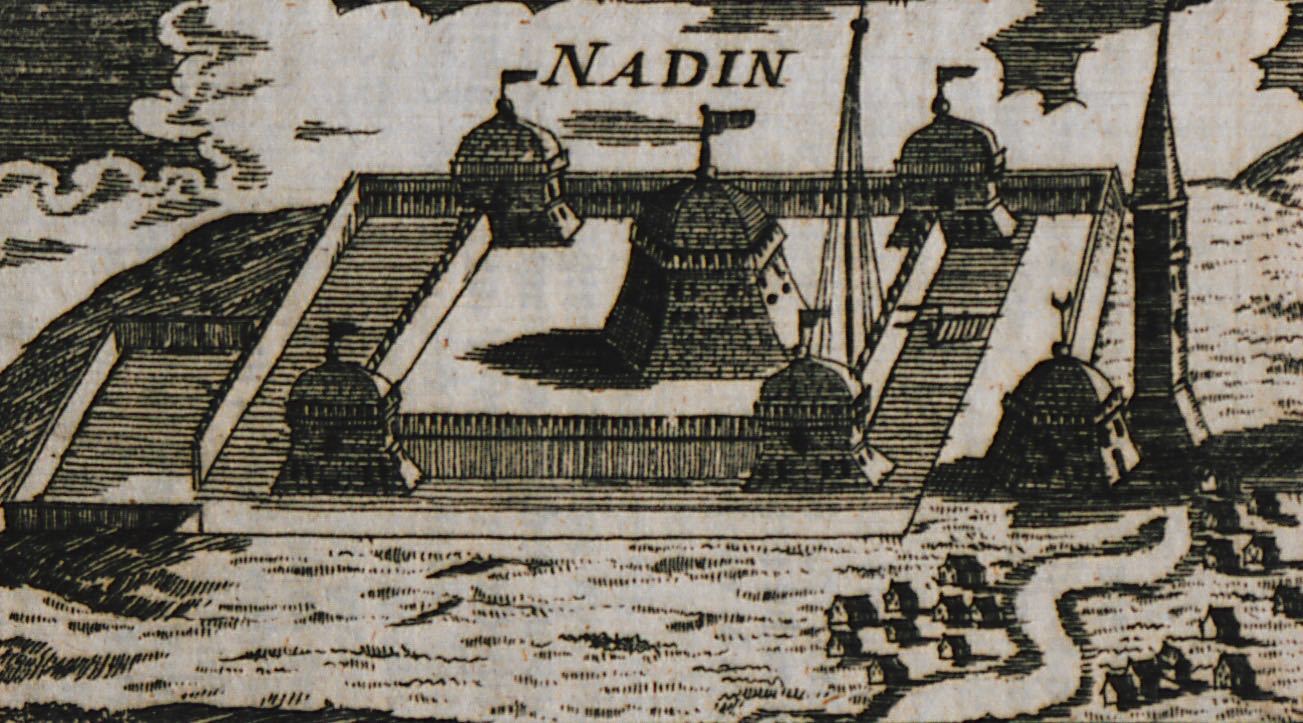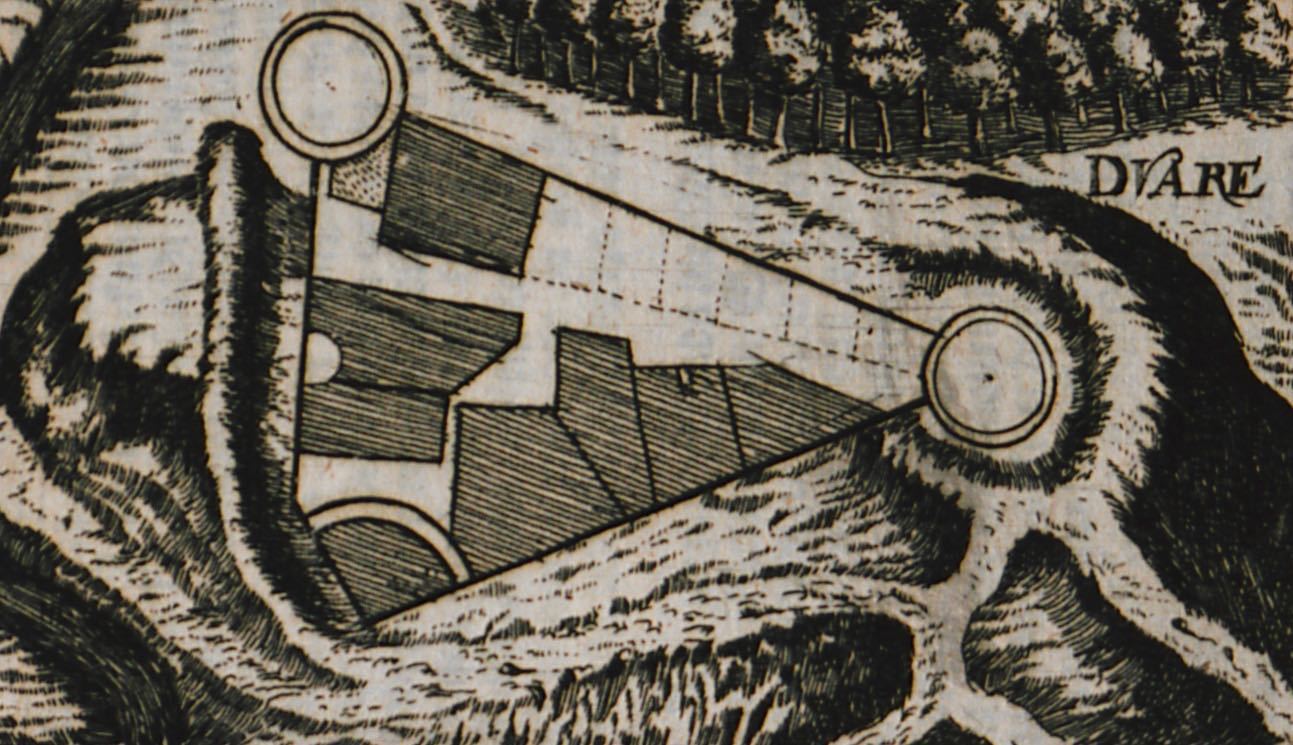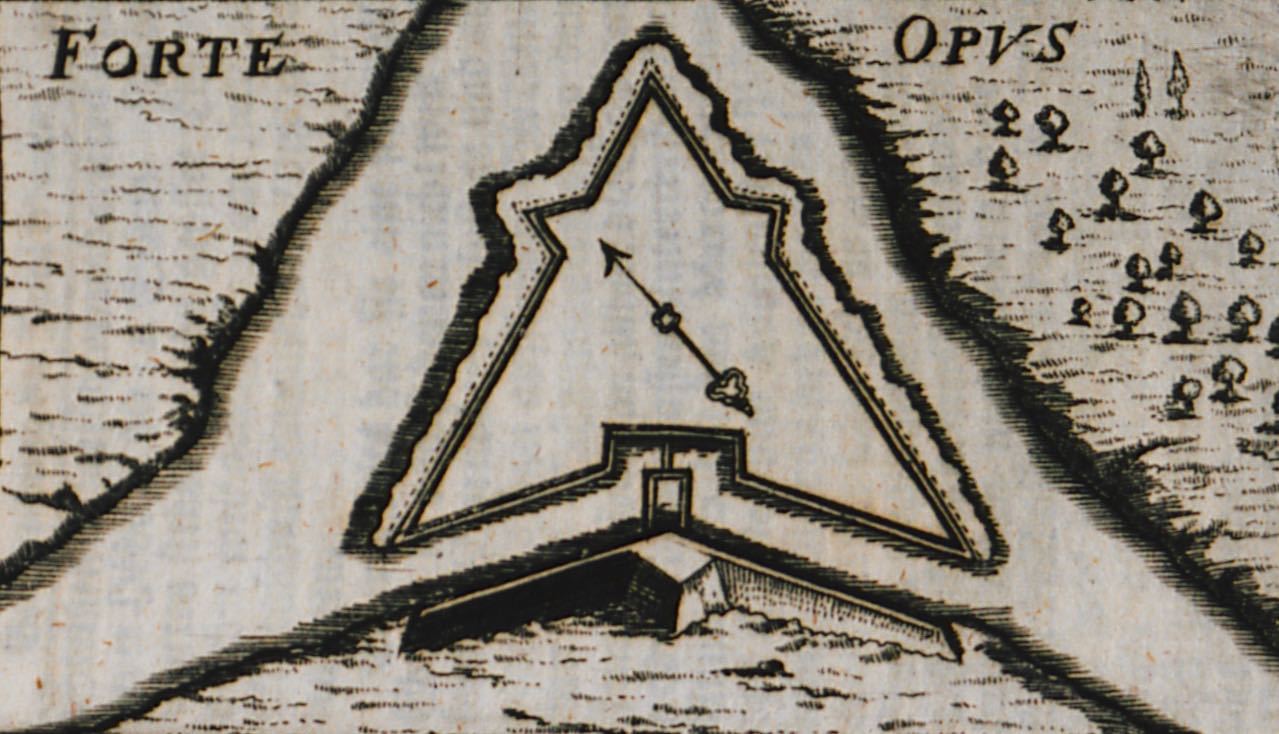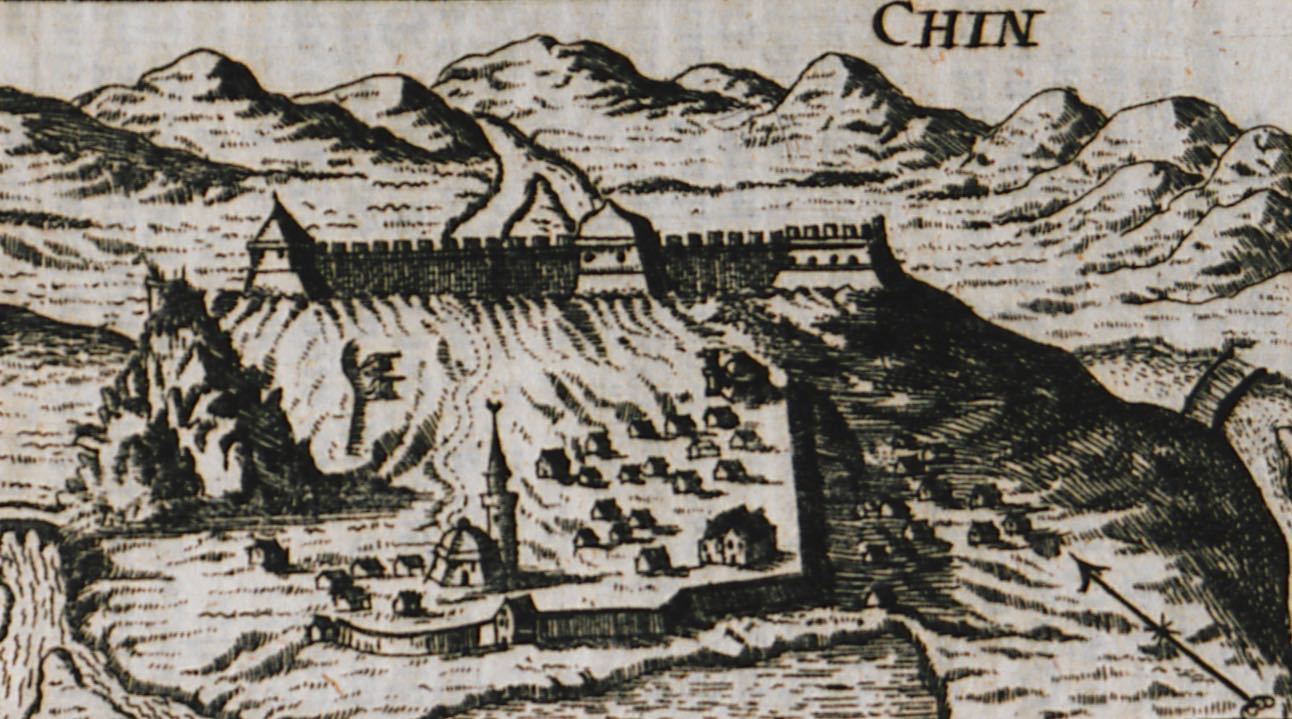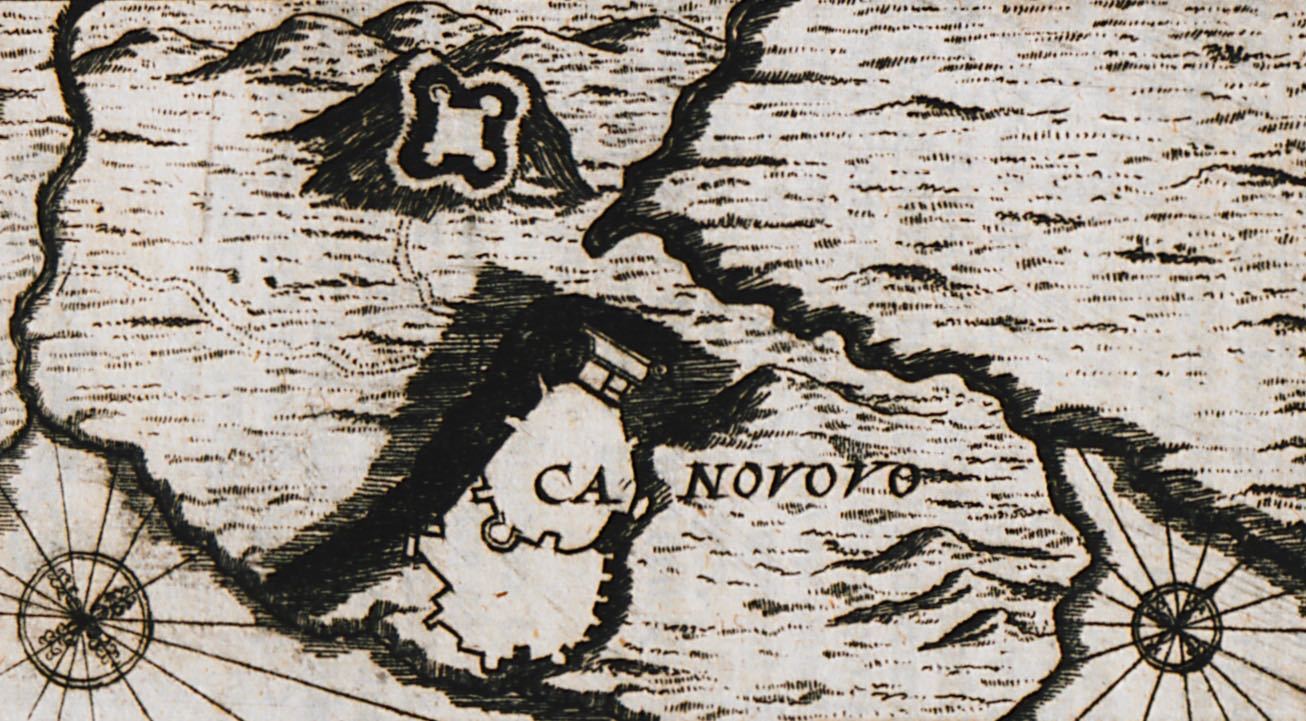Die vortreffliche Halb-Insul Morea, Das ist: Eine kurtzgefasste und kürtzliche Beschreibung der vornehmsten Oerter, Städt und Fästungen, Flüssen und Gebürgen..., Nürnberg, 1687.
Vincenzo Maria Coronelli (1650-1718) was an Italian Franciscan friar, cartographer, cosmographer and encyclopaedist. He was born and died in Venice. Son of a Venetian tailor, he moved to Ravenna while still an adolescent to learn the art of wood engraving. At the age of sixteen he published the first of the hundred and forty works he was to produce during his lifetime. Coronelli studied in Rome, where he became Doctor in Theology. He also studied astronomy, Euclidian geometry and philosophy.
He became most famous for his terrestrial globes. In 1678, he constructed two globes for the Duke of Parma and their success led to an invitation to Paris, where he was to construct another, very large-scale (some 382 cm in diameter) pair of globes for Louis XIV. Of these two globes the one represents the earth and the other is a celestial sphere, with the sky as it appeared on the day Louis XIV was born; both coloured and illuminated. Today they are exhibited the François Mitterrand National Library of France.
After his stay in Paris, Coronelli lived and worked in various European countries. In 1705 he settled permanently in Venice, at the monastery of Santa Maria Gloriosa dei Frari, where he founded the Accademia degli Argonauti, one of the oldest geographical societies in the world. A tireless writer and publisher, in 1690 Coronelli published his "Atlante Veneto", probably the first atlas to have been produced in Italy. Official cosmographer to the Venetian Republic, Coronelli also published "Biblioteca Universale Sacro-Profana", a geographical encyclopaedia unfortunately left unfinished. Coronelli’s work went through many editions and translations into English, German, French and Dutch.
This is an anonymous German adaptation of Coronelli’s "Memorie istoriografiche delli regni della Morea e Negroponte e luoghi adiacenti'(Venice, 1686). In 1687 it was translated into English by R. W. Gent as An Historical and Geographical Account of the Morea, Negrepont, and the Maritime Places, as far as Thessalonica. This is the work Coronelli is best known for, and it was based on his travels in the previous two years as official geographer for Venice. It is illustrated by numerous city views and plans showing the new cities conquered by the Venetians to the Ottomans during the Venetian-Ottoman War of 1684-87. Coronelli tends to distort perspective in order to fully represent topographical features.
The places described in the German adaptation include Morea, Corinth, Patras, Charenza, Navarino, Modon, Coron, Calamata, Zarnata, Chielaffa, Passava, Misitra (Mystras), Maina (Mani), Malvasia (Monemvasia), Napoli di Romania (Navplion), Argos and the Ionian Islands.
Selected works
Morea, Negroponte & Adiacenze (1686).
Atlante Veneto (1691 - 1696).
Ritratti de celebri Personaggi (1697).
Lo Specchio del Mare (1698).
Singolarità di Venezia (1708-1709).
Roma antico-moderna (1716).
Bibliography
Fuchs, James Lawrence. Vincenzo Coronelli and the Organization of Knowledge: The Twilight of Seventeenth-Century Encyclopedism, Ph.D. dissertation, University of Chicago, 1983, pp. 4-7.
Stoneman, Richard. A Luminous Land: Artists Discover Greece, Los Angeles: Getty Publications, 1998, p. 73.
Written by Ioli Vingopoulou and Nicolas Nicolaides


